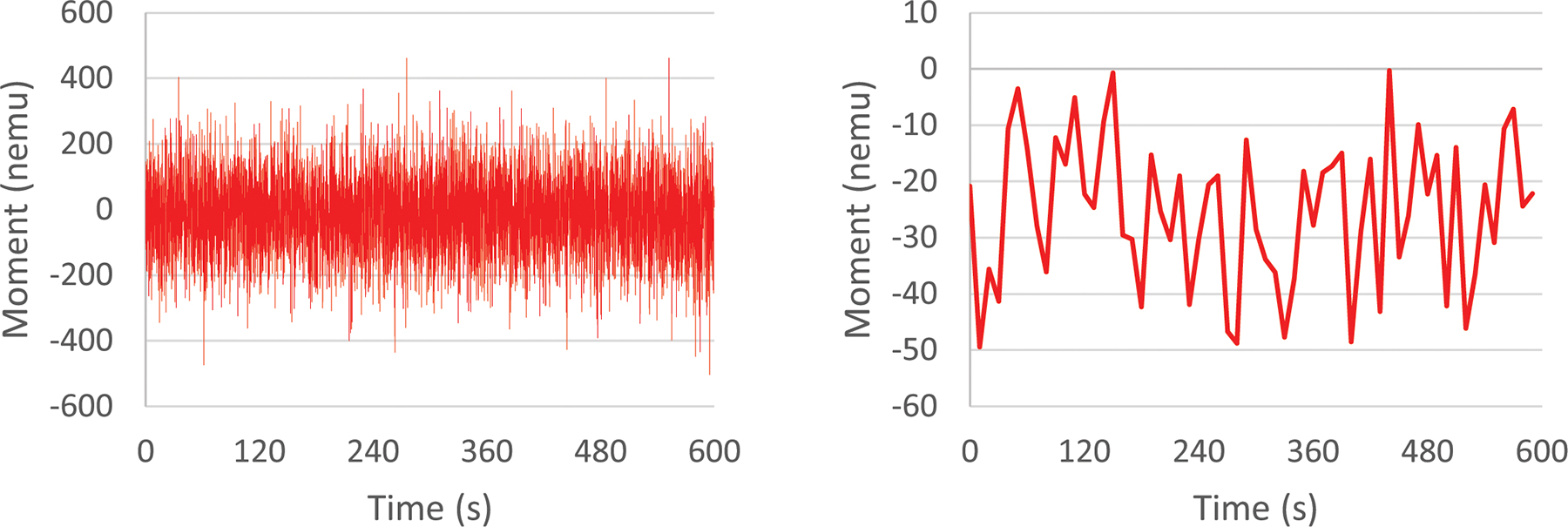Permanent Magnet Market size is slated to exceed $50 billion by the end of 2024; according to a new research report by Global Market Insights, Inc.
With global fossil fuel reserve set to deplete in the next 50 to 70 years, energy generation focus is shifting towards the renewable and emission free sources. Wind energy has come up to be a prominent renewable source of energy with a total installed capacity of over 400 gigawatts all around the globe, and more than 200 gigawatts been installed since 2010. Permanent magnet market size in the energy generation sector will increase substantially in the near future as the UN has aimed at 100 percent emission free energy generation by the end of 2050.
Flourishing automotive industry was a major reason for growth in 2015. The products are extensively used for energy conversion in accessory motors, sensing devices, actuators, loudspeakers, meters, alternators, etc. Automotive production has witnessed a steady rise in the past five years from 80 million units in 2011 to around 91 million units in 2015 owing to increasing GDP and enhanced lifestyle of people throughout the world. Growing application of light weight and strong products in the personal cars and other commercial vehicles production will influence the permanent magnet market positively.
Development of low cost manufacturing processes is also likely to propel the permanent magnet market up to 2024. Investments for innovative production lines and development of new materials such as nitride compounds or SmFeN based products influenced by the Concerted European Action on Magnets (CEAM) will have a positive influence throughout the forecast span. R&D on miniature sized products using rare-earth based products will steer the growth.
High price of rare earth metals used for production, such as neodymium, dysprosium and samarium, may restrain the permanent magnet market growth. With almost all the rare-earth mines located in China, the import cost shoots up in the European and North American countries. Strict government norms regarding the harms caused by rare-earth metals mining may also hinder the growth.
Neodymium alloy or NdFeB based products will be a noteworthy product segment in terms of revenue. In volumetric terms, the ferrite products will garner significant share. NdFeB products will witness growth due to increasing demand for light weight and powerful products with good aesthetic features. NdFeB magnets are anticipated to grow with CAGR over 10 percent up to 2024.
The products find multiple applications in the automotive sector, making it an important application segment with close to half of the net share. Automotive applications generated revenue above $10 billion in 2015. On account of mushrooming wind energy demand and developments of other renewable energy sources, energy generation application will be a rapidly growing application segment with CAGR more than 10 percent up to 2024.
China has more than 95 percent of the world rare earth reserve, making Asia Pacific a key manufacturer of rare earth based products with several small and medium level companies. APAC permanent magnet market will also have a remarkable growth, owing to its high production capacity of automobiles, electronic products, as well as wind energy. Asia Pacific has close to 50 percent of the total share.
The permanent magnet market competitive landscape is fragmented due to the presence of several small and medium level manufacturing companies. Principal participating companies are Hitachi Metals, TDK Corporation, Hangzhou Group, Adams Magnetic Products, Electron Energy Corp, Arnold Magnetic Technologies, etc.



